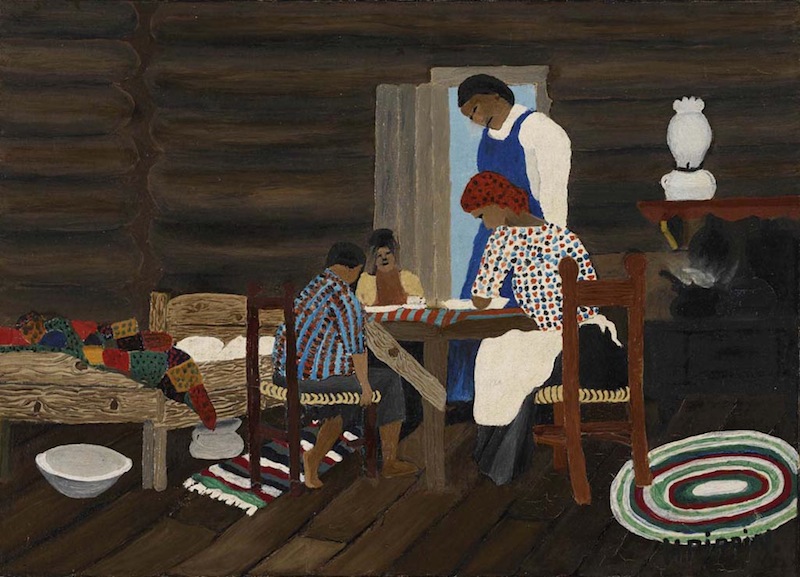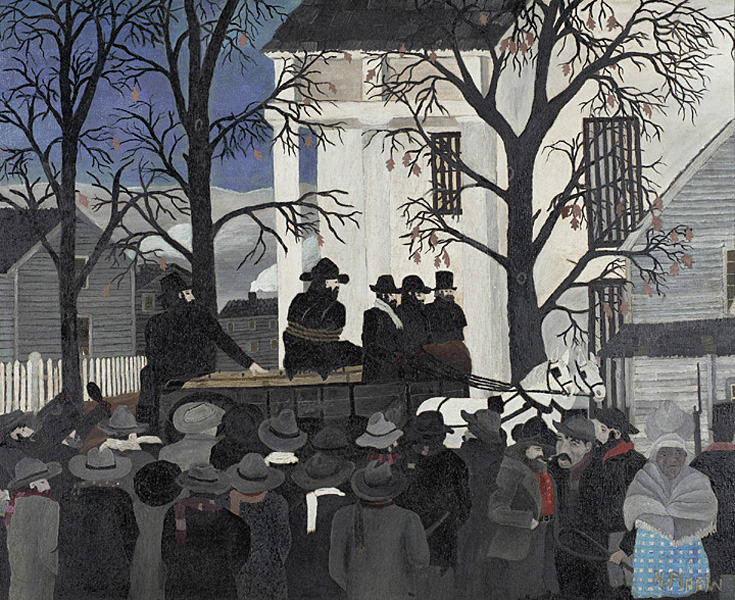
Horace Pippin, ‘John Brown Going to his Hanging’ (1942)
By mh
|
Posted in Composition
|
Also tagged abolition, action, american, black, cart, convicted, crowd, documentary, hanging, Horace Pippin, horse, john brown, naive, painting, people, race, racism, slavery, story, white
|
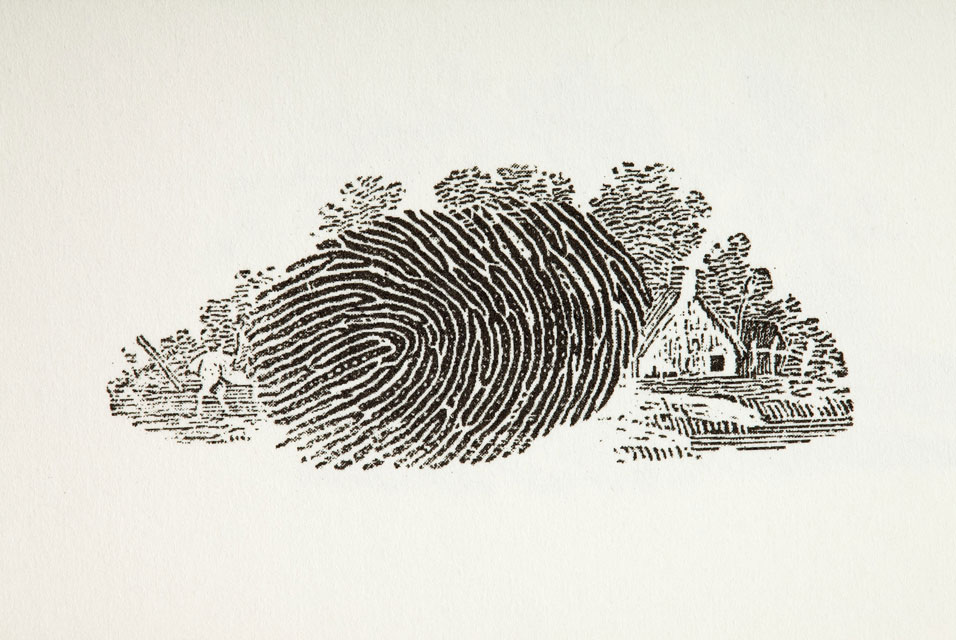
Wood engraving from ‘Vignettes’ (1827) by Thomas Bewick.
By mh
|
Posted in Composition
|
Also tagged architecture, black, collection, culture, DIY, drawing, england, event, fingerprint, house, identity, influence, landscape, nature, opposition, romance, the wild, thomas bewick, unknown
|
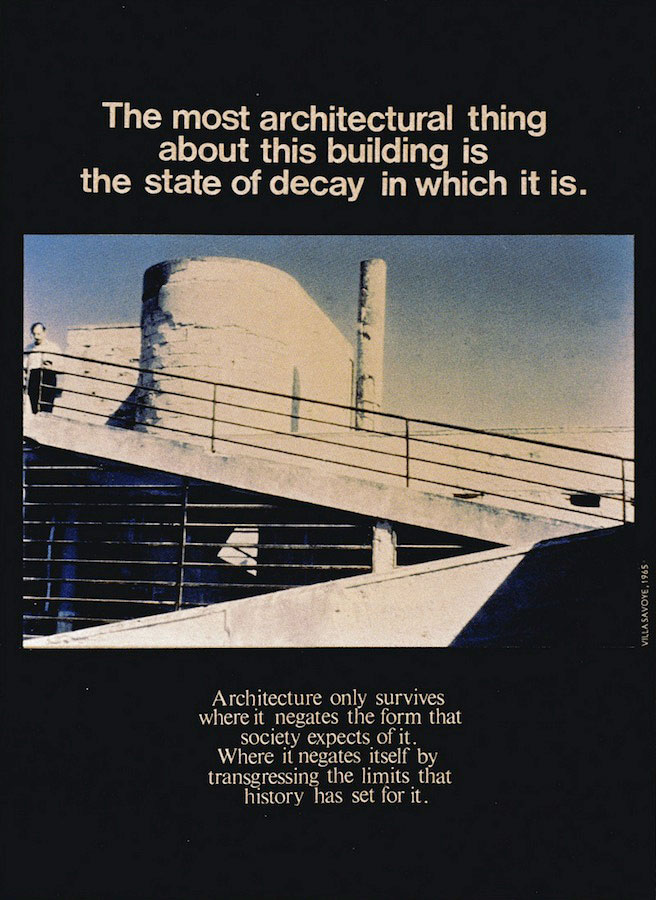
From ‘Advertisements for Architecture’ (1976-77) by Bernard Tschumi.
Tschumi illustrated several of his early theoretical texts with Advertisements for Architecture, a series of postcard-sized juxtapositions of words and images. Each was a manifesto of sorts, confronting the dissociation between the immediacy of spatial experience and the analytical definition of theoretical concepts.
By mh
|
Posted in Composition
|
Also tagged action, advertisement, american, architecture, Bernard Tschumi, black, building, collection, critique, decay, definition, design, desire, DIY, experience, fuckem, images, Le Corbusier, limits, manifesto, photograph, society, space, text, theory, unknown, villa savoye, words
|
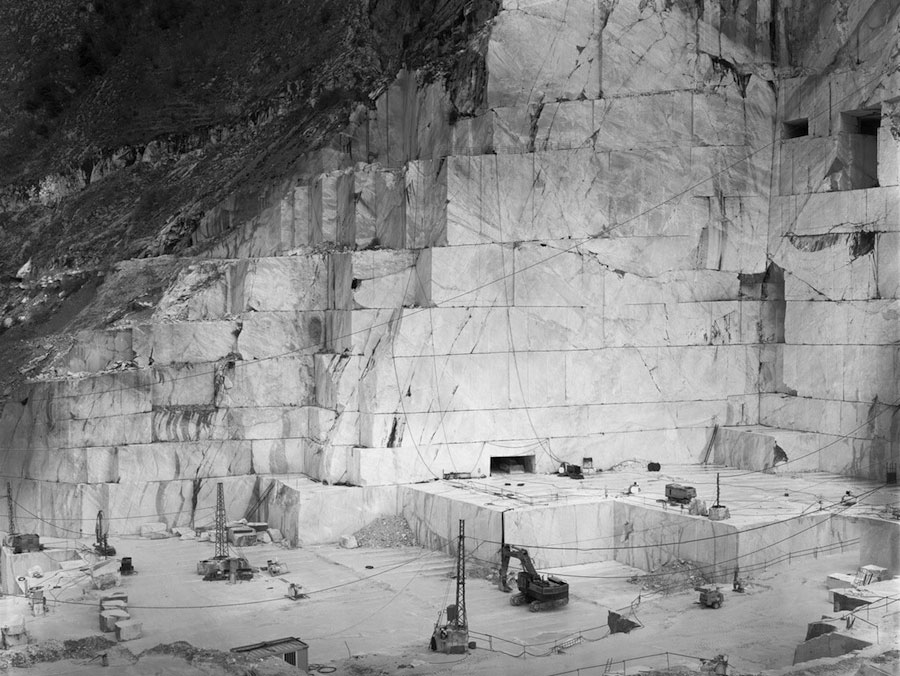
Adam Schreiber, ‘2000’ (2010)
By mh
|
Posted in Abstraction
|
Also tagged Adam Schreiber, architecture, black, Break, chipped, corner, fuckem, industry, italy, landscape, light, machines, marble, mass, material, matter, nature, obsolete, photograph, quarry, romance, sculpture, stone, the wild, unknown, volume, white
|
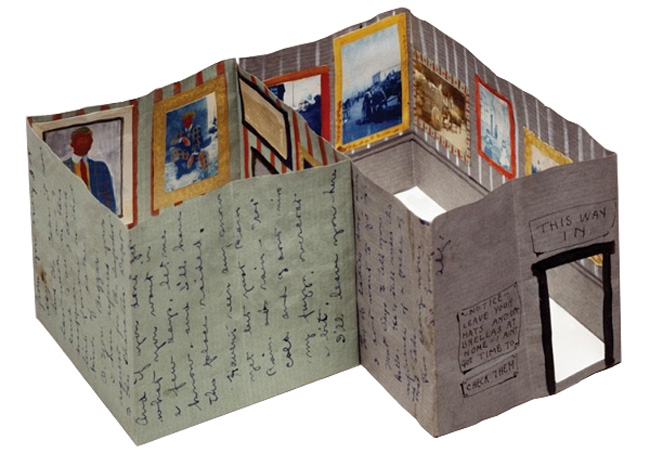
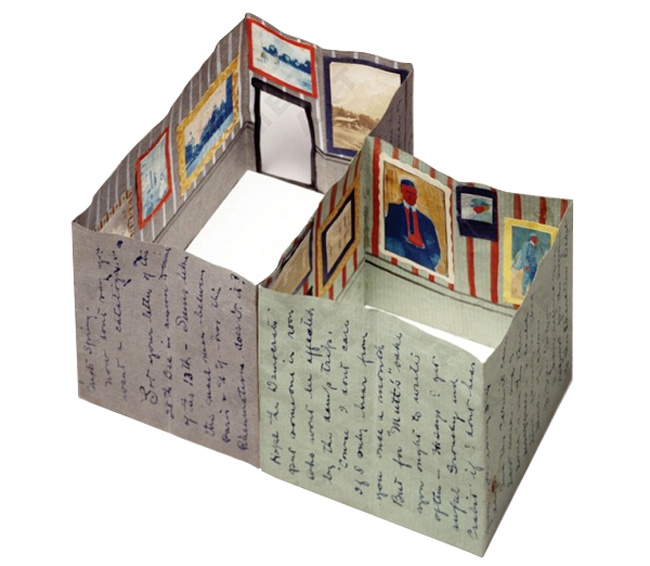
Letter from cartoonist Alfred Joseph Frueh to his wife Giuliette Fanciulli, sent on Jan. 10th, 1913.
The letter opens up to form a model of a gallery hung with paintings. Frueh made this model to inform his wife about the details of a specific art gallery before her visit.
Collection of the Smithsonian Archives of American Art.
By mh
|
Posted in Composition
|
Also tagged Alfred Joseph Frueh, american, architecture, Art, cartoon, collection, cut out, design, drawing, folk, gallery, giuliette franciulli, illustration, instruction, model, painting, pop-up, romance, sculpture, smithsonian, space, text, the wild, unknown, wall, wife
|

The New York Five, in 1972, dressed as their own favourite buildings, a nod to this famous picture from 1931.
By mh
|
Posted in Composition
|
Also tagged american, architects, architecture, black, buildings, Charles Gwathmey, collection, costumes, dressing up, e photograph, famous, five, form, fuckem, fun, group, John Hejduk, joke, light, marketing, Michael Graves, modernist, New York, performanc, performance, Peter Eisenman, postmodernism, pretending, programme, pure, Richard Meier, sculpture, wall, white
|
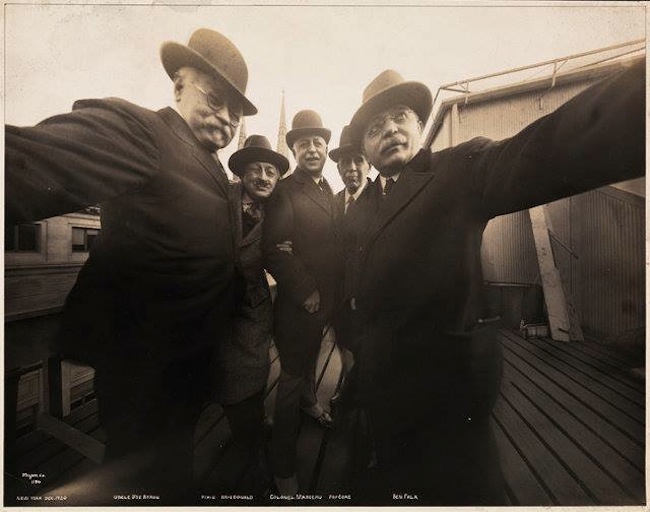
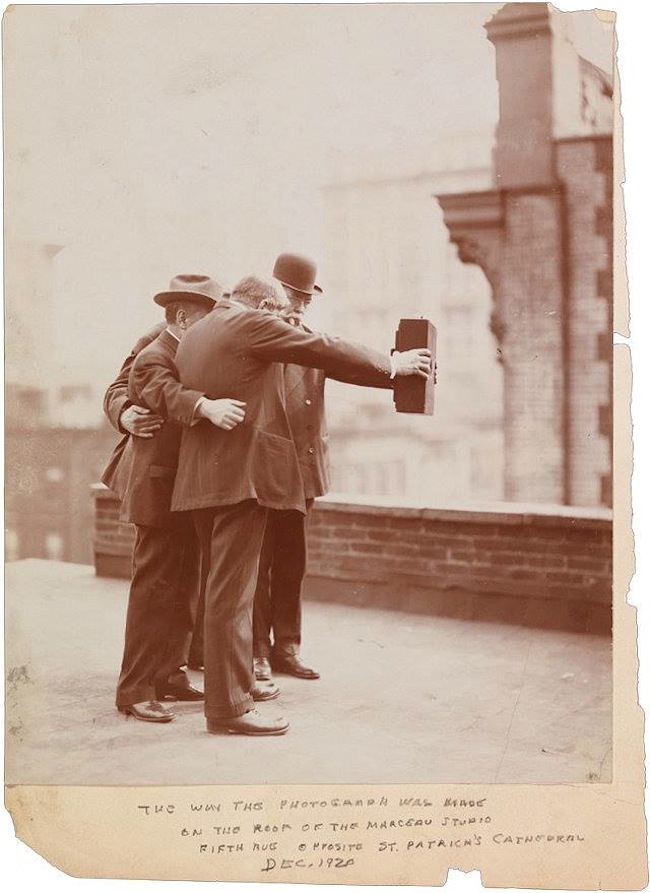
Snapped in New York on the roof of the Marceau Studio on Fifth Avenue, by a group of photographers working for the Byron Company, this picture is one of the first selfies in history, made in 1920. (via)
By mh
|
Posted in Composition
|
Also tagged 20th century, action, american, black, byron company, DIY, found, fuckem, fun, group, men, New York, older, photograph, photography, public space, romance, roof, self-portrait, selfie, unknown, white
|
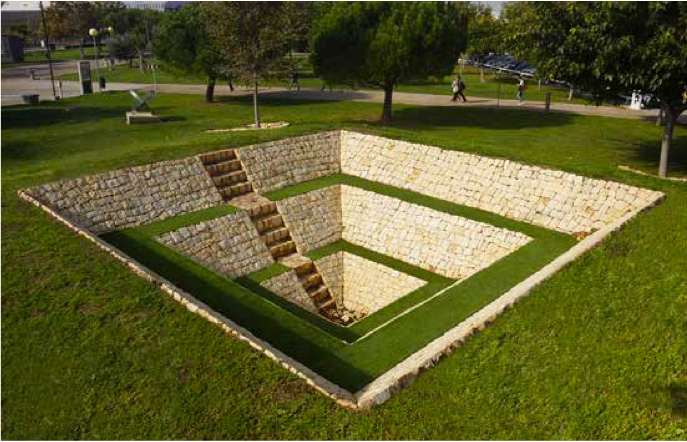
Damián Ortega, ‘Inverted Pyramid’ (2009-2010)
By mh
|
Posted in Composition
|
Also tagged action, ancient, architecture, damián ortega, dig, DIY, enter, fuckem, fun, ground, hole, installation, intervention, inverted, mexico city, negative space, public art, public space, pyramid, sculpture, soil, the wild, unknown
|
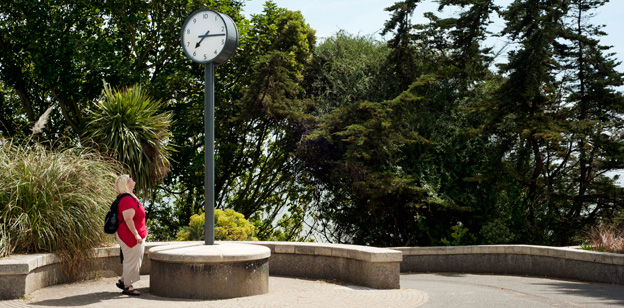
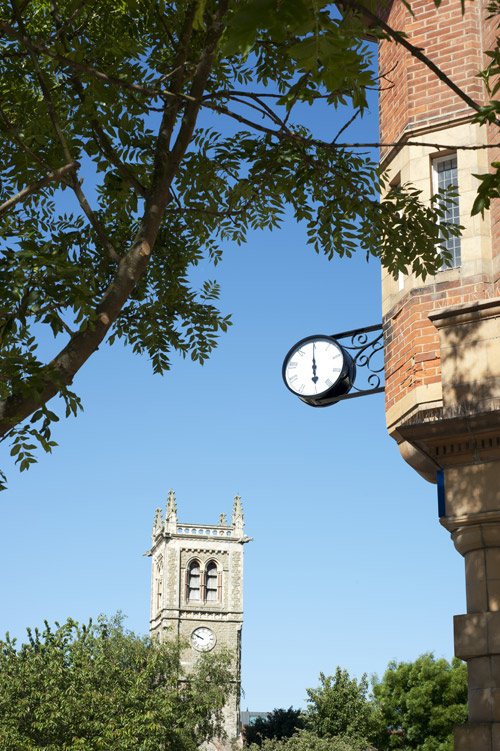
Ruth Ewan, ‘We Could Have Been Anything That We Wanted To Be’, Folkestone Triennial (2011)
On 5 October 1793 the recently formed Republic of France abandoned the Gregorian calendar in favour of an entirely new model, the French Republican Calendar, which became the official calendar of France for 13 years. Each day of the Republican Calendar was made up of 10 hours. Each hour was divided into 100 minutes and each minute into 100 seconds. Inspired by this historical model, Ewan created new clocks and altered existing ones around the town of Folkestone, Kent to tell decimal time.
By dd
|
Posted in Composition
|
Also tagged 10 hours, city, clock, confusion, deceit, france, kent, public space, republican calendar, rhythm, ruth ewan, street view, system, tell, time, uk
|
